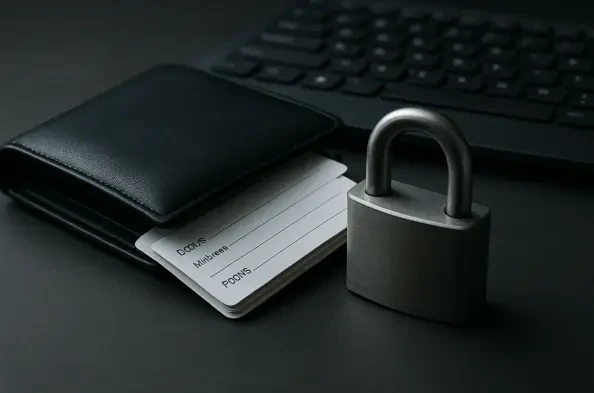I’m thrilled to sit down with Vernon Yai, a renowned data protection expert with a deep focus on privacy protection and data governance. With years of experience in risk management and developing cutting-edge techniques to safeguard sensitive information, Vernon brings a unique perspective to the evolving world of Bluetooth trackers and personal safety. In this interview, we explore how these devices are transitioning from simple item tracking to powerful tools for user protection, the challenges of balancing innovation with privacy, and the future of safety-focused technology.
How did the idea of integrating personal safety features, like an SOS alert, into Bluetooth trackers come about, and what societal needs were you aiming to address?
The concept really emerged from a growing awareness of how Bluetooth trackers were being misused, particularly in cases of stalking and domestic abuse. We saw a critical need to flip the narrative—turning a technology that could be exploited into one that empowers and protects. The rise in personal safety concerns, especially for vulnerable groups, pushed us to innovate. We wanted to create a tool that could provide peace of mind and immediate assistance in emergencies, addressing real-world fears like walking alone at night or feeling unsafe in unfamiliar places.
What goes into designing a safety feature like an SOS alert to ensure it’s both effective and user-friendly?
Designing something like an SOS alert is a delicate balance. Effectiveness means it has to work instantly—triggering a loud siren, flashing lights, and sending notifications to trusted contacts without fail. But it also has to be intuitive. We spent a lot of time on the activation mechanism, opting for a multi-press system to avoid accidental triggers while still being quick to use under stress. User feedback was crucial; we tested with diverse groups to ensure the interface and physical interaction felt natural and accessible to everyone, regardless of tech-savviness.
How do you approach privacy concerns when implementing features that involve location sharing and emergency notifications?
Privacy is non-negotiable for us. When it comes to location sharing, we ensure it only happens when a user explicitly activates the alert, and it stops the moment they mark themselves as safe. We don’t store or access location data beyond what’s necessary for the feature to function. Our systems are built with encryption at every level, and we have a strict no-data-selling policy. It’s about trust—users need to feel confident that their safety tool isn’t compromising their personal information.
What challenges did you face in bringing personal safety features to a technology originally designed for item tracking?
One of the biggest hurdles was adapting the hardware and software for a completely different purpose. Trackers were built for low-power, long-term item location, not real-time emergency responses. We had to rethink battery management to support features like sirens and LED lights without draining the device. On the software side, integrating seamless communication with safety contacts and ensuring reliability under stress was complex. It took years of planning and testing to get it right while maintaining our core functionality.
Can you share your thoughts on how the industry is addressing the misuse of trackers, and what role do standards like Detection of Unwanted Location Trackers (DULT) play in this?
The industry has had to confront misuse head-on, especially with high-profile cases of stalking using trackers. Collaborative efforts like the DULT standard are a game-changer. They provide a framework to detect and alert users about unauthorized tracking, often without needing a specific app. It’s about creating safeguards that prioritize safety over convenience. We’ve worked closely with other major players to support this standard, ensuring our devices alert users to potential threats and provide actionable steps to protect themselves.
How do you see the future of personal safety technology evolving with Bluetooth trackers, especially with innovations like embedding tracking into everyday items?
I think we’re heading toward a world where safety and tracking are seamlessly integrated into our daily lives. Embedding our tech into items like bikes, skis, or even clothing means people won’t have to think about carrying a separate device—it’s just there, ready to help. This ‘pre-tagged’ future could redefine how we approach both item recovery and personal security. Imagine a jacket that can send an alert if you’re in trouble, or a bike that notifies your family if you’ve had an accident. It’s about making safety invisible yet ever-present.
What is your forecast for the role of Bluetooth trackers in personal safety over the next few years?
I believe Bluetooth trackers will become central to personal safety ecosystems. We’ll see more advanced features—think AI-driven threat detection or integration with smart home systems for broader protection. Privacy will remain a key focus, with enhanced layers to shield user data from emerging risks like AI scraping. I also expect tighter collaboration between tech companies, law enforcement, and policymakers to combat misuse while expanding safety capabilities. Ultimately, these devices will evolve into holistic tools that not only track items but actively safeguard lives in ways we’re just beginning to imagine.






